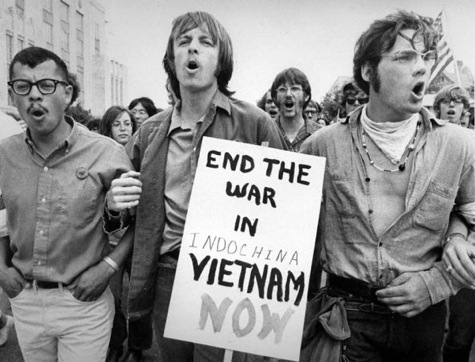

Since World War II, little research had determined whether amphetamine had a positive impact on soldiers’ performance, yet the American military readily supplied its troops in Vietnam with speed. The British philosopher Nick Land aptly described the Vietnam War as “a decisive point of intersection between pharmacology and the technology of violence.”

The conflict was distinct in another way, too-over time, it came to be known as the first “pharmacological war,” so called because the level of consumption of psychoactive substances by military personnel was unprecedented in American history.

The Vietcong were fighting in an unexpected, surprising, and deceptive way to negate Americans’ strengths and exploit their weaknesses, making the Vietnam War perhaps the best example of asymmetrical warfare of the 20th century. Instead, it was a formless conflict in which former strategic and tactical principles did not apply. Some historians call Vietnam the “last modern war,” others the “first postmodern war.” Either way, it was irregular: Vietnam was not a conventional war with the frontlines, rears, enemy mobilizing its forces for an attack, or a territory to be conquered and occupied.


 0 kommentar(er)
0 kommentar(er)
